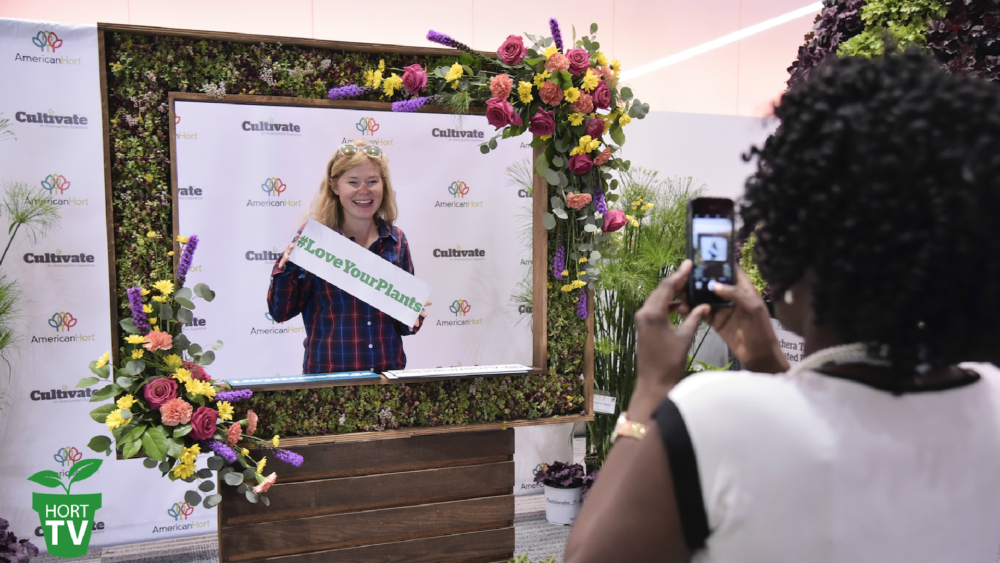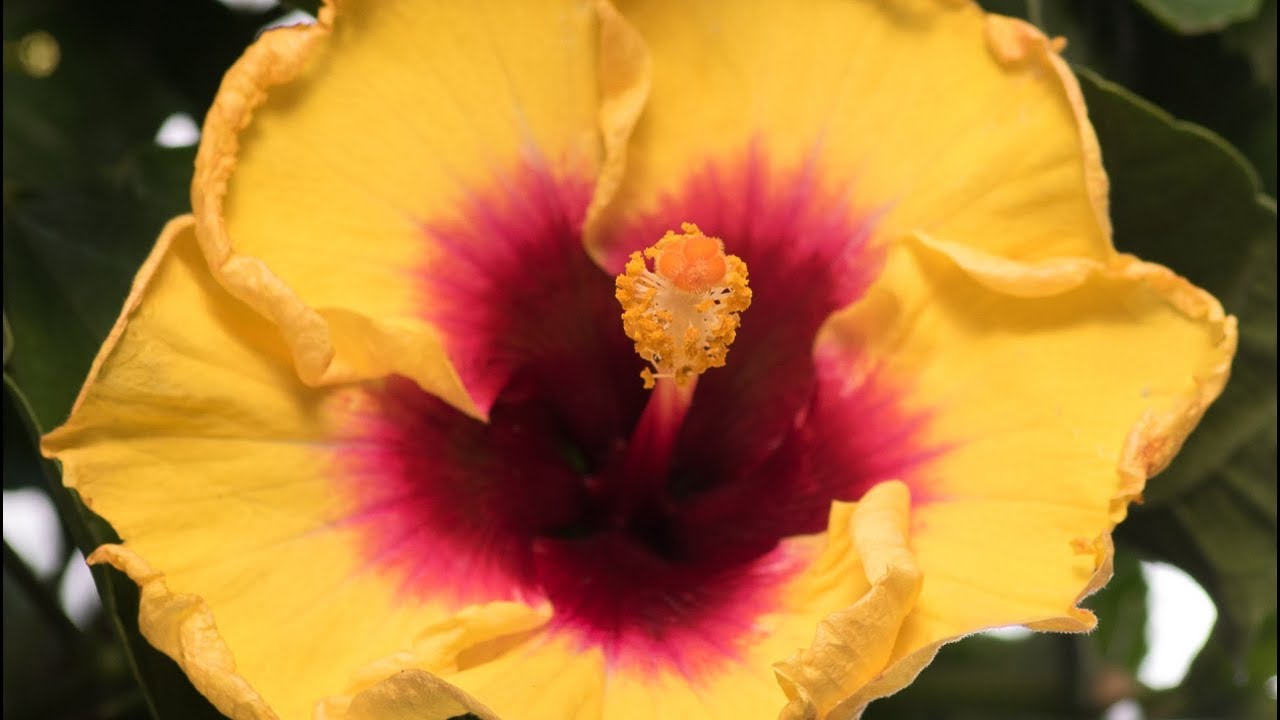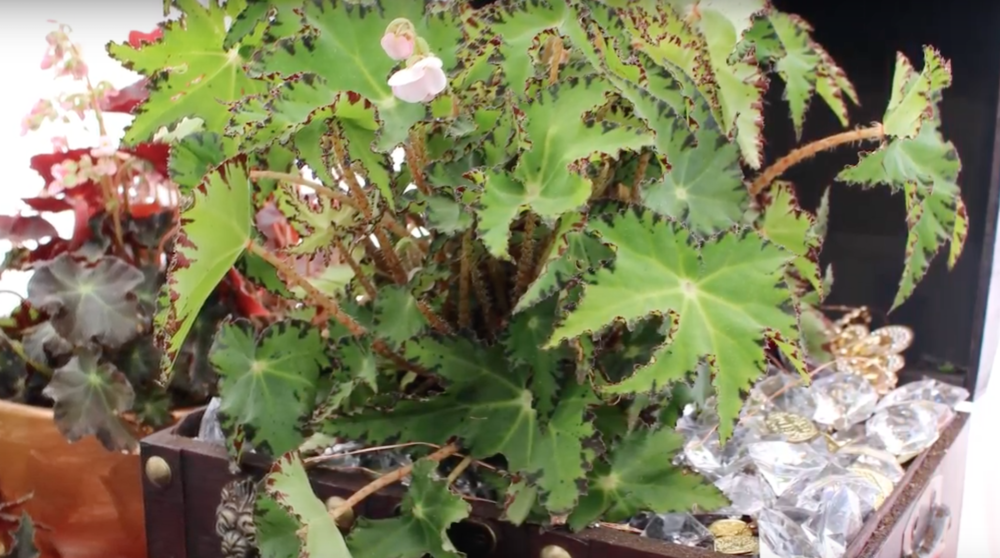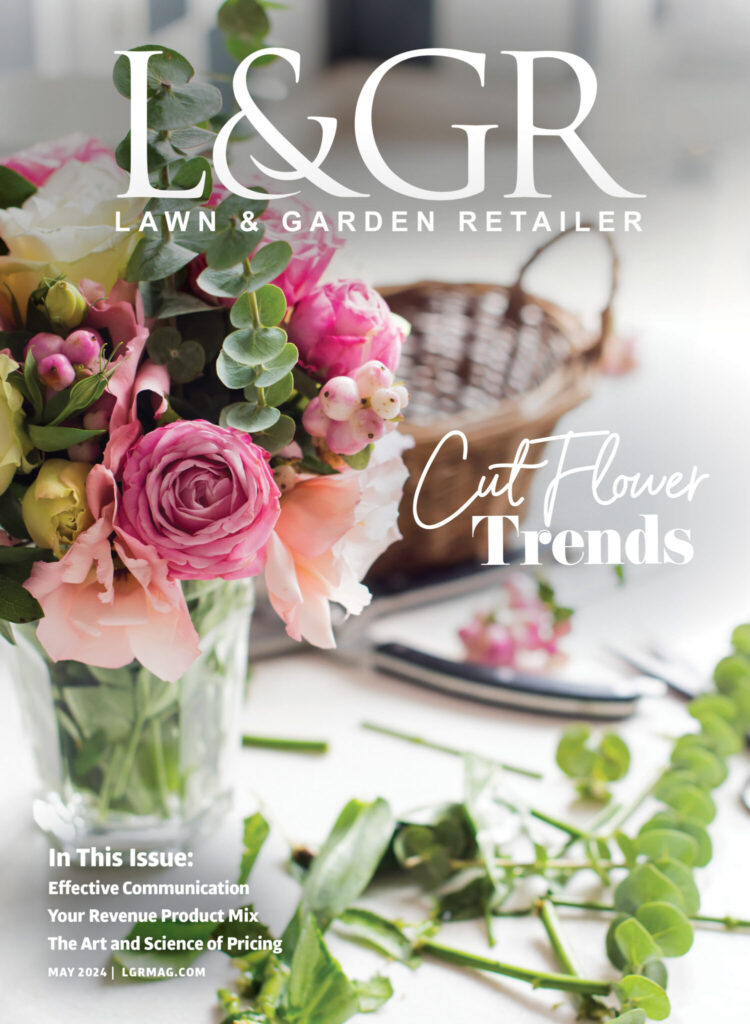Ripe for Sale
As the “going green” movement continues to gain momentum and the economy lapses into an official recession, a new trend is emerging: edible gardening. Garden centers from coast to coast are reporting heightened consumer interest in their vegetable and herb selections and are responding accordingly by amplifying their product offerings as well as promotional and educational efforts to entice customers to view growing their own food as a critical step in the sustainability journey.
While nothing new to the garden center market, the edibles trend is taking on a new significance in light of today’s unique social and economic conditions. The time is ripe for garden centers to revisit the potential profits (economic and otherwise) of giving vegetables and herbs the same attention they are garnering from consumers eager to “walk the [sustainability] talk.”
Portland Nursery has always prided itself on its sweeping vegetable and herb selections, offering everything from heirloom varieties to vegetable and organic starts, and unusual vegetables sure to catch consumers’ gazes: “I carry everything I can get my hands on,” says Laura Altvater, color buyer and manager for the Oregon-based business. “It’s part of our passion and our interest. In Portland, there’s definitely a huge trend in people tearing out lawns and putting in edibles.”
Building Community
The going-green mentality resonates well in the Portland community, known for its environmental and social consciousness. Portland Nursery customers gravitate toward ways to lessen their carbon footprint, and the garden center has positioned itself as a resource to help them achieve that. In fact, says Altvater, its vegetable and herb selection has been an entry point into gardening for many beginners: “For people who have never gardened before, [edibles] tends to be where they start. Maybe it’s what Grandma grew… the idea of growing their own food is very appealing. I’ve always seen that.”
In a town where residents are gladly “doing their part” by replacing front lawns with edible landscapes, a sense of camaraderie has also flourished. As neighbors spend more time outside working on their yards, many swap stories and see friendships blossom. “It really increases community,” she says.
Changing Customer Needs
Across the country, Merrifield Garden Center serving customers throughout northern Virginia, suburban Maryland and Washington, D.C. is also noticing and reacting to increased demand for their vegetables and herbs. “It’s always been a part of our offerings,” says David Yost, plants specialist for the full-service garden center, nursery and landscape design company. “We pretty much have everything that you need to support growing vegetables, from supplies to plants to seeds to different soil conditions and composting supplies. You name it, we have it.”
Their vegetable and herb department might be a “small piece” of the overall picture, but it’s a vital and thriving niche nonetheless. “I absolutely think if you are a full-service garden center, you have to be selling vegetables and herbs,” Yost adds.
But before you start stocking up on dozens of varieties, seeds and organic fertilizers, it’s critical to examine the specific needs of your clientele. While Merrifield’s, founded in 1971, has sold vegetables and herbs for most of its history, the garden center has adapted to accommodate a dramatic shift in “how [these] plants are being purchased.”
In D.C.’s culturally diverse metropolis, people have smaller properties, less time to garden and an interest in infusing their cooking with flavor from other countries, he says.
Scaling down. In a city where real estate prices are infamous, vegetable gardening mostly plays out in “small-scale” urban spaces: Think patios and decks.
“If you go back 25 years or more, people were putting in larger gardens and more traditional kinds of layouts. Over time, around here, vegetable gardening changed to where it’s most often a couple of tomatoes, peppers and lettuce grown in containers on the decks,” Yost says. “People are not canning and preserving and growing their own food on a large scale, but anyone can have a few pots with some fresh herbs out on their deck or patio.”
And more often than not, they are demanding organic options: “People want really good quality, fresh food where they know how it’s been grown, and want to participate in the production of it.”
Playing by new rules. Merrifield has responded to the changing needs of their consumer base by significantly altering how they market and sell their product. Instead of selling their vegetable plants in the “market packs” of the past, most of their vegetables are now sold in 4-inch pots or 1-gallon containers. “Most of our clients aren’t planting 12 tomato plants, they’re buying plants individually,” he says.
They’ve also expanded their organics selection and grown their herbs section, which is even more popular than their vegetables. “That mirrors changes happening in the community,” he says. “There’s limited space, but people still want to have fresh herbs to use in their cooking.”
Flavors from home. Their diverse herbs selection, rich with unique varieties such as Vietnamese basil and Mexican hot peppers, is a reflection of the community’s diversity. “A lot of our customers come from other countries. There’s a lot of desire to have foods and things that were familiar to them,” he says. “They might not be growing ornamental plants, but a lot of them will grow a lot of vegetables and herbs from their native land. It helps them connect to their home.”
A Growing Trend
Today’s customers are reimagining vegetable gardening to fit their busy lifestyles, social values and shrinking budgets (not to mention living spaces!). Within this larger trend, several niches appear to be particularly promising: ready-to-plant products that offer immediate gratification, organic seeds and vegetables, and container-gardening options that are budget friendly and perfect for smaller spaces.
Making the Sale
As with any product, the key to a successful sale lies in savvy promotion. One strategy that seems to be working well for garden centers is appealing to their customers’ desire to save money. Canoyer Garden Center has been selling vegetables and herbs at its Papillion, Neb., location for three years, and staff members have noticed an increase in sales each year. Their best sellers are tomatoes, which “almost walk out the door, they’re so popular,” says assistant manager Kathy Cowles, and when it’s warm enough basil is always in demand.
“Especially now, with the economy being so uncertain, people aren’t only looking forward to planting their own vegetables and harvesting what they put down,” Cowles says. “It’s so economical to grow seeds and plants.”
A key way garden centers like Canoyer, Merrifield and Portland keep their vegetables and herbs sales jumping is by making sure staff members know their stuff and investing in educational outreach for their customers. “That’s what makes us different from the big boxes,” Cowles says.
At Meadow View Growers, Inc., two specialists work specifically in their herb and vegetable departments, ensuring customers receive expert guidance and why not a tasty treat? “Our herb department specialist has baked samples and made teas and put them near our herb section along with recipes,” says Scott Robinson, vice president and retail manager.
Special seminars and classes on planting vegetables or cooking with herbs that go the extra mile help keep customers’ interested and excited. After an eight-year hiatus, Merrifield will be bringing back a vegetables and edible-landscaping class to their 2009 Saturday morning seminars series as a direct response to renewed customer interest in this topic, says Yost.
And of course, painting a picture for your customers through creative displays mixing herbs, vegetables and ornamentals (and maybe cross-merchandising with complementary products like fertilizers) can provide guidance and inspiration for your customers.
Feeding the Future
Popular? Yes. A breeze to grow and sell? Not exactly. Timing is everything with these crops, and because their window is a lot shorter than perennials’, vigilance is critical to make sure vegetables and herbs are looking their best at all times.
Because vegetable and herb gardening tends to attract novice gardeners, “a little more hand holding, a little more information” is often required from your staff, says Yost.
But the potential of this growing trend is exciting. In addition to attracting the sought-after younger generation and nontraditional gardeners to your doors, it also resonates with today’s changing social and economic climate. In short, it has the potential to help the original green industry become even greener.
As people search for ways to “go green,” growing their own food is becoming a vital, and tasty, piece of the pie. Simply put: “This is what the public wants. This is [what we need to do] to stay on the cutting edge,” says Robinson.


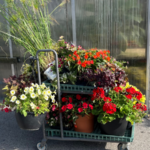

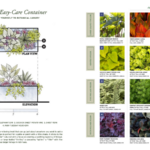
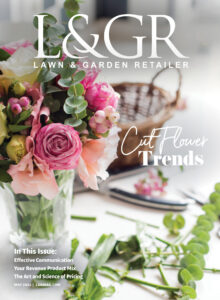
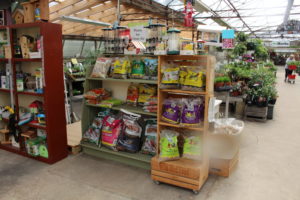
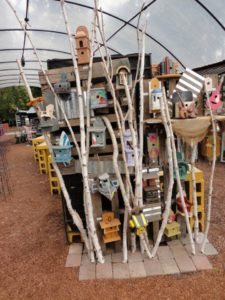
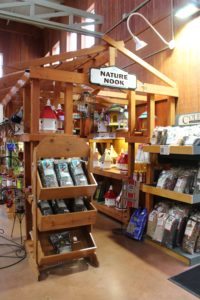

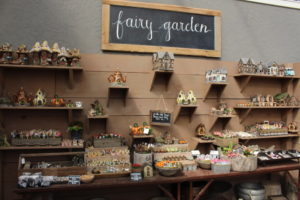
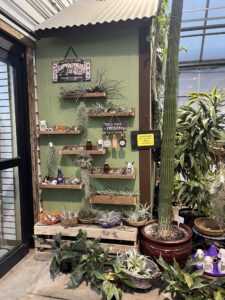
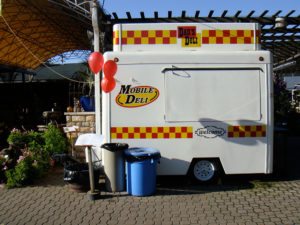
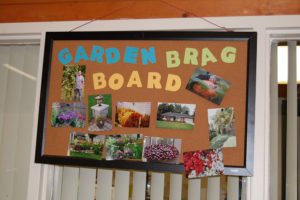
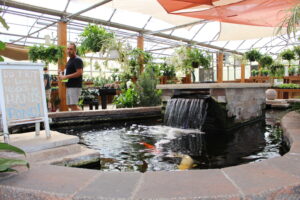
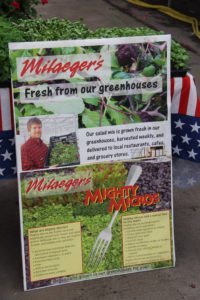
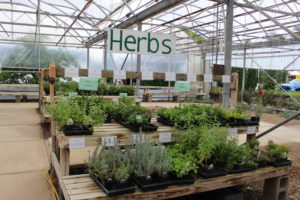
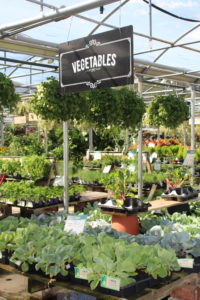
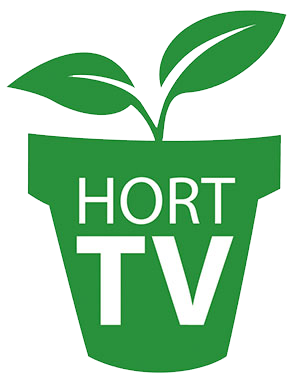 Videos
Videos
